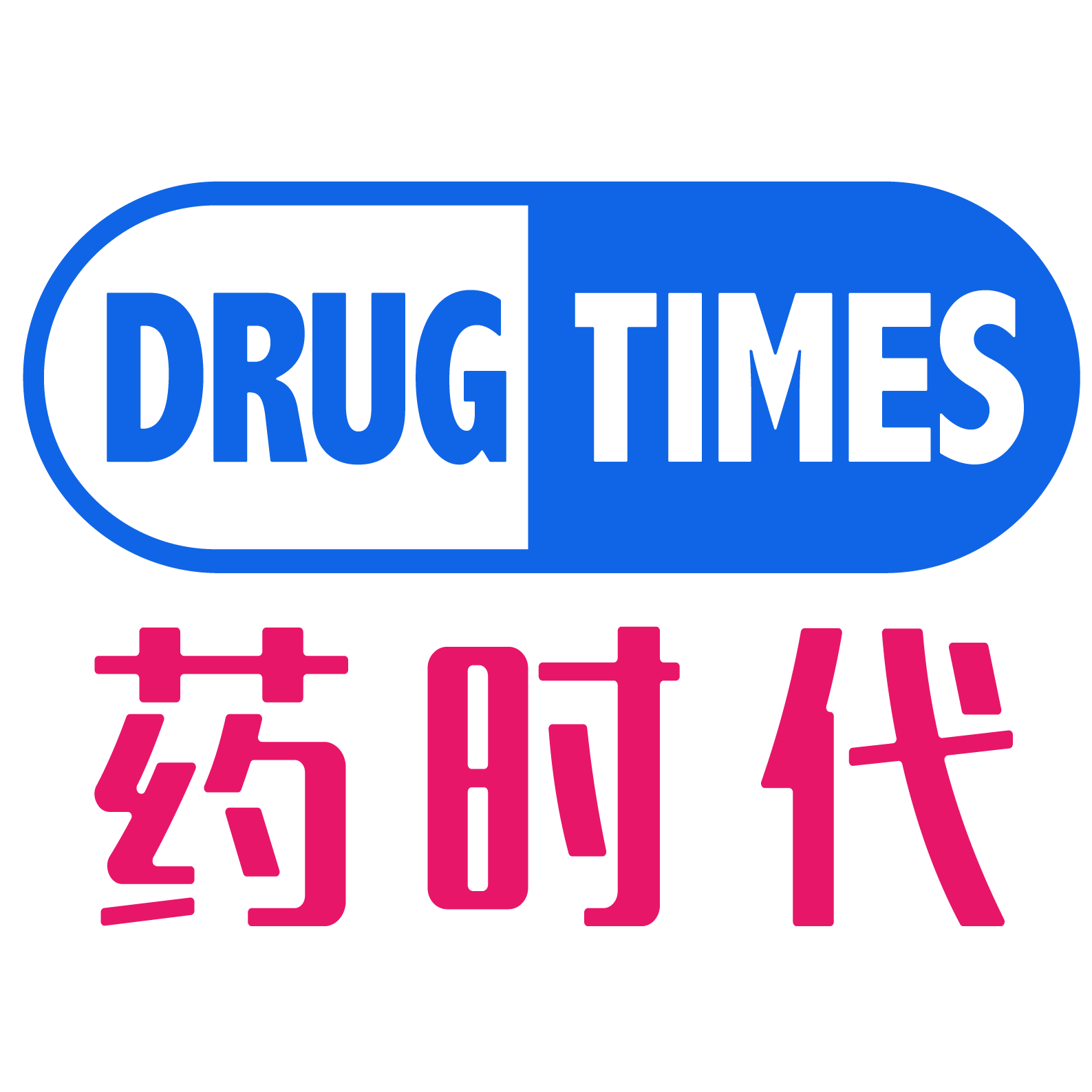
The RAS gene family—comprising KRAS, NRAS, and HRAS—is one of the most frequently mutated oncogenic drivers in human cancers. Mutations in these genes lead to constitutive activation of RAS proteins, locking them in the GTP-bound “ON” state. This results in persistent activation of downstream signaling pathways, promoting uncontrolled proliferation of tumor cells.
Approximately 30% of cancer patients harbor RAS mutations, which are generally associated with poor prognosis. Despite the high unmet medical need in RAS-driven tumors, RAS has long been considered “undruggable.” This is due to the smooth surface of the RAS protein, which lacks deep hydrophobic pockets suitable for small-molecule binding, and the extremely high intracellular concentration of GTP (0.1–1 mM), coupled with the picomolar-level affinity of RAS for GTP, making it difficult for orthosteric competitive inhibitors to effectively block its function. These challenges have historically hindered the development of effective RAS-targeted therapies.
This landscape changed in May 2021 with the FDA approval of Sotorasib (developed by Amgen), the first targeted therapy for KRAS-mutated cancers. However, Sotorasib, along with Adagrasib approved subsequently, is effective only in patients with KRAS G12C-mutated non-small cell lung cancer (NSCLC), leaving other KRAS mutation subtypes untreated.
Efforts to broaden the therapeutic scope of RAS inhibition are ongoing, with promising advances emerging. Revolution Medicines (hereinafter referred to as “Revolution”) has developed Daraxonrasib, an oral pan-RAS (ON) molecular glue inhibitor. Its breakthrough lies in its ability to inhibit not only KRAS G12C but also other common RAS mutations, such as KRAS G12D and KRAS G12V, thereby offering potential treatment for a wider range of patients.
Based on encouraging Phase I clinical data (RMC-6236-001), which has advanced into Phase III trials, the U.S. FDA granted Daraxonrasib Breakthrough Therapy Designation in June of this year for the treatment of previously treated patients with KRAS G12X-mutated metastatic pancreatic ductal adenocarcinoma (PDAC).
Currently, the BD team at Ya Shi Dai (YSD) is seeking partners for a preclinical-stage pan-RAS (ON) inhibitor with significantly superior preclinical data compared to Daraxonrasib, positioning it as a potential Best-in-Class (BIC) candidate. Project details are as follows:
Project Code: DT-20250623-061
Project Title: A Potentially Best-in-Class (BIC) Pan-RAS (ON) Inhibitor with Superior Pharmacokinetic Profile and Significant Pharmacological Efficacy
Indication: Solid Tumors
Drug Type: Small Molecule
Target: Pan-RAS
Development Stage: IND-enabling
Key Advantages:
• Demonstrates superior anti-proliferative potency across multiple KRAS-mutant cell lines compared to reference compounds, while maintaining acceptable selectivity over wild-type KRAS cells.
• Exhibits ~25- to 125-fold higher pharmacological activity and greater drug exposure with longer half-life compared to Daraxonrasib in multiple mouse CDX models.
• Favorable safety profile with a wide hERG safety margin; well-tolerated at all tested doses in in vivo models.
• Potent in vitro activity combined with favorable pharmacokinetic (PK) properties, enabling a significantly reduced predicted clinical dosing regimen.
• Planning to initiate pre-IND meeting discussions with the FDA in Q2 2026.
Collaboration Model: license-out(global或 ex-China right)
Contact us:
For any questions, please contact DrugTimes BD Team at BD@drugtimes.cn, please include Project ID in the subject. Many thanks!
发布者:yian,转载请首先联系contact@drugtimes.cn获得授权

 为好文打赏 支持药时代 共创新未来!
为好文打赏 支持药时代 共创新未来! 